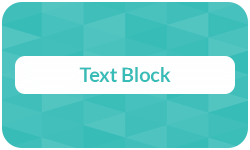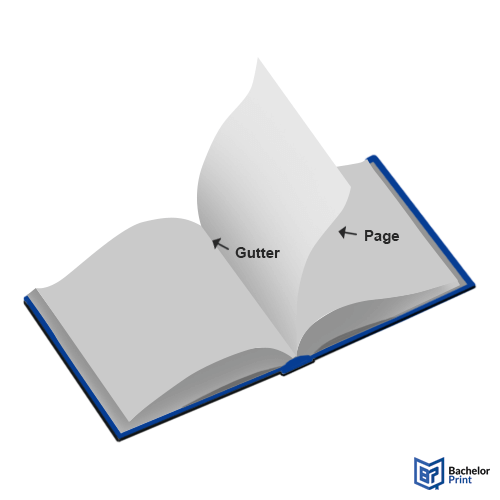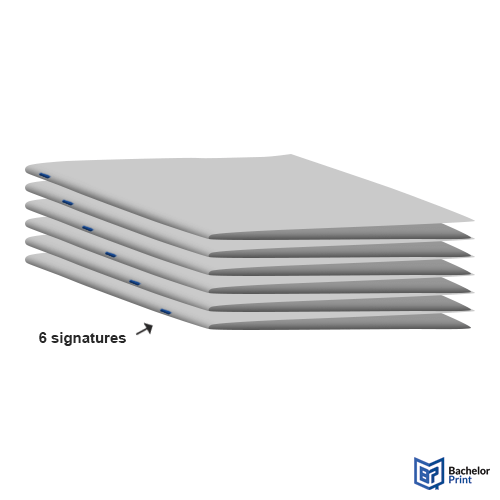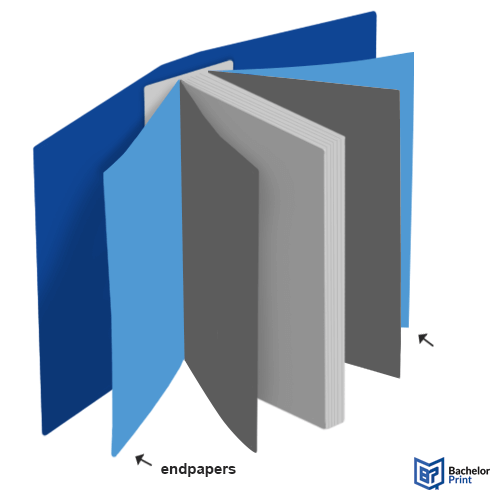
In the world of bookbinding, the structure of a book is just as important as its content. One of the most essential components of any bound book is the text block, as it’s the core of the book that holds all the printed pages together. This article explores what a text block is, how it’s constructed, and the parts that make it function effectively within the bookbinding process.
Inhaltsverzeichnis
Definition: Text Block
The text block (also textblock or book block) is the main body of a book. It’s composed of all the internal pages that are bound together before the book cover is attached. The text block typically includes printed pages arranged into sections, and for hardcover bindings, it may also contain endpapers, flyleaves, and sometimes even bookmarks or ribbon markers.
Hardcover with individual embossing
- Price calculator & 3D live preview
- Professional binding for thesis, dissertation, or books
- Print on demand with fast delivery right to your doorstep
Learn more!
Contents
The contents of a text block refer not to the book’s story but to the physical components that make up its internal structure. Below are key parts that are typically included in a text block during the bookbinding process.

The pages of a book refer to the individual leaves that make up the text block, each having two sides: the recto and verso. When the book is opened, the two facing pages are referred to as a spread, and the inner margin between them, where the book is bound, is called the gutter. While this seems simple, paper grain direction, paper weight, and printer paper type all affect the longevity and flexibility of the text block.

Signatures are groups of pages that have been folded and gathered into sections. Each stack normally consists of 4-7 pages, depending on how the paper is folded and creased with a folding bone. These signatures are sewn together to form the entire text block, and their consistent alignment is necessary for a clean, square book spine. There are two types of folding methods:
- Single-fold method (or assembly method): Each paper is folded individually.
- Fold-down method (or signature fold method): Each stack is grouped and folded down.
While the fold-down signature is less time-consuming compared to the single-fold one, it’s quite bulky, and creasing the edge can cause dents on the fold itself, which in turn can add bulk to the book’s spine.

Endpapers (or endsheets) are the pages at the very beginning and end of the text block. They’re made from heavier printer paper as they serve both a structural and aesthetic role by connecting the book block to the book’s cover. Although they’re not part of the book’s printed content, they are an essential part of the text block in most binding types.

A flyleaf is the unprinted leaf that sits between the endpaper and the first printed page. It can be used to protect the printed pages, simply as a colorful decoration, or as a means to personalize the book, e.g., with inscriptions about the author.
The table below explains specific bookbinding terms mentioned above.
| Leaves | A single sheet of paper. |
| Recto | The front side of a page, typically the right-hand page of an open book. |
| Verso | The back side of a page, typically the left-hand page of an open book. |
| Spread | Two facing pages in an open book. |
| Gutter | The inner margin where two pages of an open book meet. |
Paper grain
Industrial paper has a so-called paper grain direction due to the manufacturing process. This can be determined by bending the paper. The direction in which it bends more easily corresponds to the grain direction. When tearing, the paper will also tear more easily and straight along the grain; against the grain, it tends to tear in a curved shape. Ensuring a uniform paper grain direction during the binding process aids in pages turning easily and lying flatter, which prevents spine warping.
Paperback with your individual design
- Individual design for thesis, dissertation, or books
- Order online with fast delivery right to your doorstep
- Use a customizable pre-made design or create your own
Learn more!
How to make a text block
Depending on the type of book you’d like to bind, several bookbinding materials and bookbinding tools can’t be forgotten about. For an 80-page journal with a sewn binding, you need:
Materials
- 40 sheets of 8.5×11 or A4 paper
- 2 sheets of kraft paper (120-150 gsm)
- Bookbinding glue (PVA)
- Waxed bookbinding cotton
- Ribbon (optional)
- 2 pieces of scrap paper (for spine)
Tools
- Folding bone (or a spoon handle)
- Awl & needle
- Glue brush & sandpaper/file
- Sharp utility knife & scissors
- Pencil, ruler & cutting mat
- Book press (or heavy weights)
For preparation, you need your papers, folding bone, awl, ruler, and pencil.
- Fold each paper in half (single fold method) and burnish them with a folding bone before grouping them in stacks of four to make signatures for your journal. For thicker journals, you can use the fold-down method and burnish ⅔ of the paper in one direction, then ⅓ in the other for each signature.
- Take one signature and mark the holes for binding with your pencil by starting in the middle and placing a dot for every single inch (ca. 1.5 cm for A4 paper) along both sides of the paper.
- Perfectly align the edges of all signatures and place your dotted one on top. With your ruler and pencil, draw a line down the edges of the remaining signatures, starting from each dot.
- At a 45° angle, lace a hole through the inside of each signature using an awl. This will later prevent glue from seeping through the holes. Make sure to keep them stacked in the same order so that your journal will be more aligned after binding.
For this section, you need your signatures, cotton, needle, and scissors.
- Double-cotton a needle and double-knot the end. Start with the bottom signature and remember to sew them in the correct order as you’ve marked them. In case you run out of cotton along the way, tie it off with a knot on the inside, slightly pull it to the outside, and cut off the excess cotton. Thread your needle again, sew through the same hole, and continue where you left of.
- Sew into the first hole and weave through the next holes. After that, weave back through until you get to the first hole. Loop under the cotton and tie a knot on the inside. Return the needle and lightly pull the knot to the outside.
- Grab the next signature, sew through the first hole on the left, through the next hole, then through the right loop below it, and then up through the left loop and back into the hole. Repeat this pattern through the remaining holes of the signature.
- In order, grab the next signature, sew through the first hole, and out through the next. This time, however, you’re going to go through the bottom signatures, loop around the stitch, and back into the hole. Repeat this same method for the remaining signatures.
- On the last signature’s hole, loop under the cotton, tie a knot, lightly pull the knot to the outside, and cut off the excess cotton.
When gluing your spine, you need your sewn text block, a book press, bookbinding glue, a utility knife, a glue brush, ribbon, two thick papers, two scraps of paper, sandpaper/file, and a folding bone.
- Put your text block in a book press; you can either buy one, DIY one, or use other things you have at home, such as heavy weights and a stack of books. The sewn edges should be protruding so that you can apply glue effectively. Make sure your text block is straight and aligned perfectly.
- Apply two coats of PVA glue to the edges. After the glue is dry, apply glue to about ¾ of an inch from the edge and press the ribbon in place, and let it dry. For your endpaper, fold two thick sheets of kraft paper or other thick paper and run your folding bone across the edges.
- Apply ¼ inch of glue on one side of the text block and press the endpaper against it. Repeat this on the other side and place it in the book press to dry. Cut a piece of paper or cloth for spine reinforcement. Outline the book on the paper with the bone folder.
- Apply glue to the book spine and press the paper on it before you glue the sides. To minimize a possible sticky mess, put a scrap piece of paper underneath before gluing. After gluing, press your folding bone to the sides to make the paper stick to the endpapers.
For a visual YouTube tutorial by Sea Lemon, click on the button below.
FAQs
A book block is a collection of pages that make up the content of a book. These pages are folded and grouped into sheets of 4-7, which are also known as signatures, before they’re all sewn together in the end to form the book block.
A text block, also known as a book block, refers to the internal structure of a book: its content. These pages are bound together, e.g., with cotton before the cover is attached.
You can attach the text block to the cover by gluing the spine and endpapers of the text block into the case, then pressing until dry. This secures the block firmly inside the cover.
Signatures are created by gathering and folding 4-7 sheets either individually or collectively. After you have all your signatures ready, they’re sewn together.